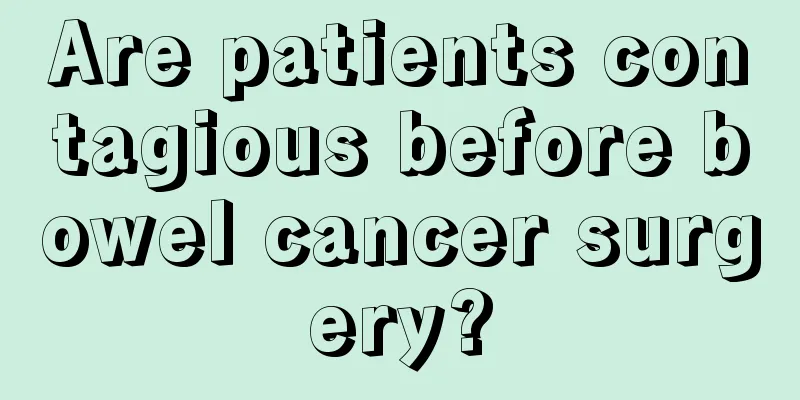What causes bile duct obstruction?

|
The bile duct is the channel in our body that transports bile. If the bile duct is blocked, it will prevent bile from flowing into the duodenum, which will have a direct impact on the overall operation of the body. Biliary duct obstruction is not a minor illness like a cold. If the blockage lasts for a long time, it will affect the digestion of the duodenum. The body will continue to store waste and toxins, which will affect and threaten the overall health of the body. There are several reasons for bile duct obstruction, such as secondary bile duct stones and biliary ascariasis, bile duct infection, large-scale necrosis of liver cells, etc., all of which may lead to bile duct obstruction. Symptoms of bile duct obstruction caused by: 1. Secondary to bile duct stones and biliary ascariasis: This is a disease with a high mortality rate among surgical acute abdomen, most of which are secondary to bile duct stones and biliary ascariasis. However, lesions such as bile duct stenosis and bile duct tumors may sometimes also cause this disease. The above diseases cause bile duct obstruction, cholestasis, and secondary bacterial infection. Pathogenic bacteria almost always come from the intestine and enter the bile duct retrogradely through the ampulla of Vater or through the choledochojejunostomy. Bacteria can also enter the bile duct through the blood or lymphatic channels. The main pathogens are Escherichia coli, Klebsiella, Streptococcus faecalis and some anaerobic bacteria. 2. Biliary infection occurs on the basis of existing obstructive diseases such as stones: the bile duct mucosa becomes congested and watery, aggravating the obstruction of the bile duct. The bile gradually becomes purulent, the pressure in the bile duct continues to increase, and the bile duct proximal to the obstruction gradually expands. Under the influence of high pressure in the bile duct containing purulent bile, the liver may swell, and inflammatory changes may also occur in the small bile ducts in the liver and the surrounding liver parenchymal cells. 3. Large areas of liver cell necrosis occur: multiple small abscesses may form in the liver. The bile duct may also become infected and become ulcerated, causing pus and bile duct bleeding. Due to the high pressure in the bile duct, the intrahepatic bile duct capillaries rupture, and purulent bile or even bile thrombus enters the blood circulation through the intrahepatic sinusoids, causing bacteremia and sepsis. In a few cases, pulmonary purulent embolism may also occur. In the later stage, a series of pathophysiological changes such as infectious shock, liver and kidney failure or disseminated intravascular coagulation may occur, which is acute obstructive suppurative cholangitis or acute severe cholangitis. Once these pathological changes occur, even if the bile duct hypertension is relieved by surgery, damage will still remain in the liver parenchyma and bile duct, which is why the disease is so serious. |
<<: What are the methods of treating mental illness
>>: What are the symptoms of vitiligo?
Recommend
What is the carotid artery
Our body is full of various arteries. Blood flows...
What sleeping posture can reduce belly fat
In daily life, losing weight is a hot topic for m...
What is the purpose of Duhuo Xixin Decoction
Duhuo Xixin Decoction can be said to be a kind of...
Can probiotics cure constipation?
Many people know about probiotics, which are acid...
Are horizontal lines on the waist a sign of kidney deficiency?
Some people have many horizontal lines on the bac...
Is hot compress useful for uterine cold
It is difficult to achieve the treatment effect o...
Will the swollen eyelids from hyperthyroidism last forever?
Eye swelling is a common physical sign in patient...
How much do you know about the symptoms of colon cancer
In recent years, colon cancer is a common tumor d...
How to treat prostate cancer patients who are waiting for treatment to progress
For patients who choose to wait for treatment and...
How to reduce swelling and relieve pain when I hit my head
People may suffer physical injuries due to unexpe...
Coffee can also prevent prostate cancer. What should we do in our daily life to prevent prostate cancer?
There are more and more male friends around us wh...
Is rectal cancer hereditary?
Many patients with rectal cancer have a high chan...
Is Tieguanyin a black tea?
Tea occupies a very high position in our lives. M...
Three bad living habits lead to esophageal tumors
At present, esophageal cancer has quietly entered...
How should I eat during radiotherapy for nasopharyngeal carcinoma? What Chinese medicines are there to treat nasopharyngeal carcinoma?
How should I eat during radiotherapy for nasophar...









